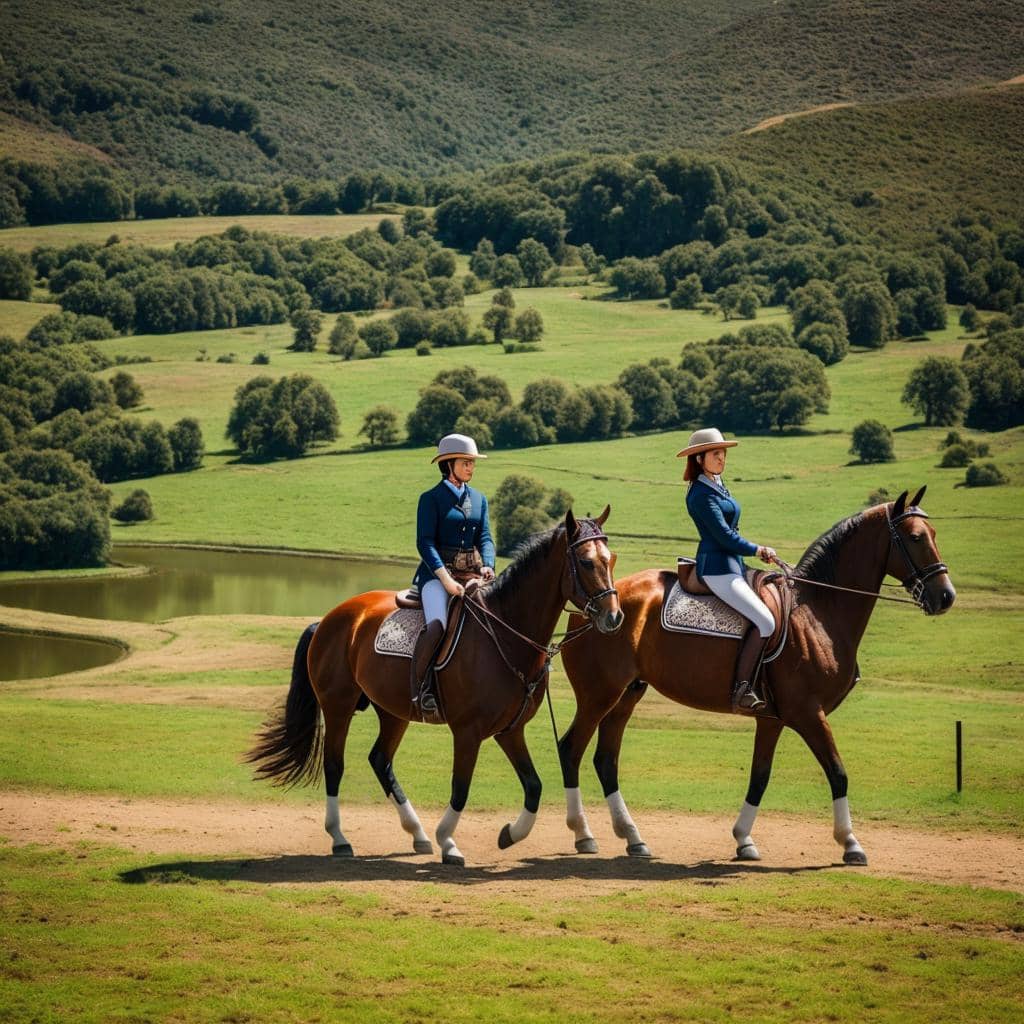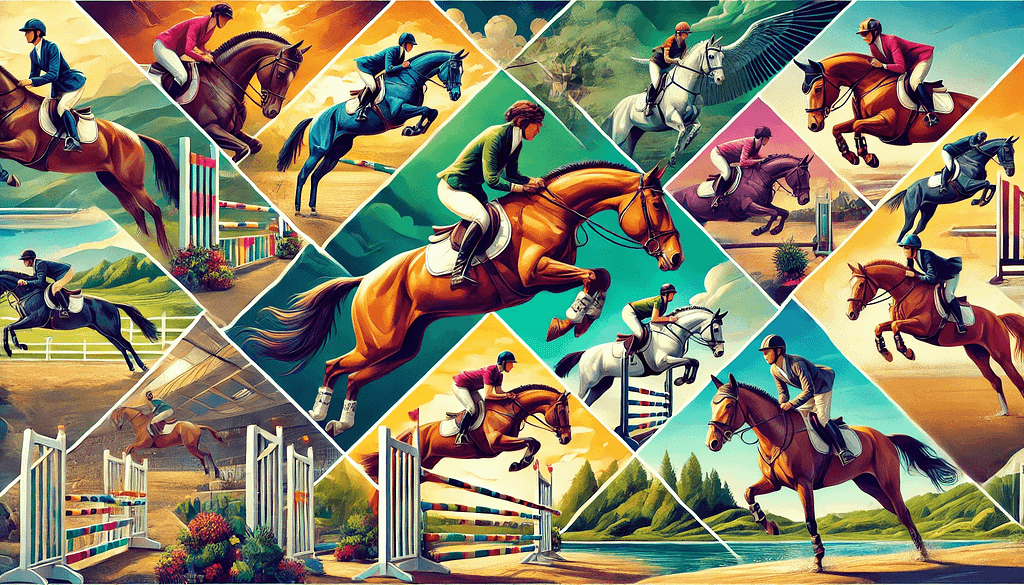
Riding Styles and Disciplines Through the Ages
The evolution of horse riding styles and disciplines is a testament to the versatility of horses and the creativity of their human partners. From the practical needs of ancient empires to the refined sports of today, each style and discipline tells a story of cultural adaptation, technological advancement, and deepening appreciation for the horse’s abilities. This section delves into how various riding styles and disciplines have developed through the ages, reflecting the diversity of equestrian practices across the world.
The Origins of Riding Styles
The earliest riding styles were likely determined by the practical needs of nomadic tribes for mobility and warfare. These styles were characterized by endurance riding over long distances and the use of horses in hunting and combat. As horses were introduced into different cultures and climates, riding styles began to diversify, influenced by local traditions, terrains, and the specific tasks horses were bred to perform.
Classical Horsemanship and the Renaissance
The Renaissance period marked a significant turning point in the development of riding disciplines, particularly with the emergence of classical horsemanship in Europe. Inspired by ancient Greek texts, riders began to emphasize the harmony between horse and rider, leading to the establishment of dressage as a formal discipline. This era also saw the development of specialized tack and riding techniques designed to enhance the horse’s natural movements and the rider’s control.
Eastern Traditions and Influence
Parallel to the developments in Europe, Eastern riding traditions were flourishing. In the Middle East, the Arabian horse’s speed and endurance were celebrated through long-distance desert rides, laying the groundwork for modern endurance racing. In Mongolia, the tradition of horseback archery and nomadic herding practices showcased a different relationship with horses, emphasizing speed, agility, and agility.
The New World and Rodeo
The introduction of horses to the Americas by European colonizers brought new riding styles and disciplines. Native American tribes quickly adapted to horseback riding, developing skills for hunting and warfare. In the American West, the needs of cattle ranching led to the development of Western riding, characterized by its distinctive saddle, relaxed posture, and the roping and riding skills celebrated in rodeo events.
Modern Equestrian Sports
The 20th century saw the formalization of many equestrian disciplines into competitive sports, with standardized rules and international competitions. Show jumping, eventing, and dressage became Olympic sports, while disciplines like polo, endurance riding, and vaulting gained global followings. These modern sports continue to evolve, incorporating advances in training, nutrition, and veterinary care to enhance the performance and welfare of the horses.
The Cultural Significance of Riding Disciplines
Each riding style and discipline carries with it a cultural heritage and a set of values and traditions. Whether it’s the elegance and discipline of dressage, the rugged individualism of Western riding, or the sheer endurance of long-distance racing, these practices reflect the diverse ways in which humans have engaged with horses throughout history.
Conclusion
The development of different riding styles and disciplines through the ages showcases the dynamic relationship between humans and horses. As we move forward, these traditions continue to evolve, influenced by changing societal needs, technological advancements, and a deepening understanding of horse behavior and welfare. Yet, at their core, they remain a celebration of the bond between horse and rider, a testament to the versatility and enduring appeal of equestrianism.

